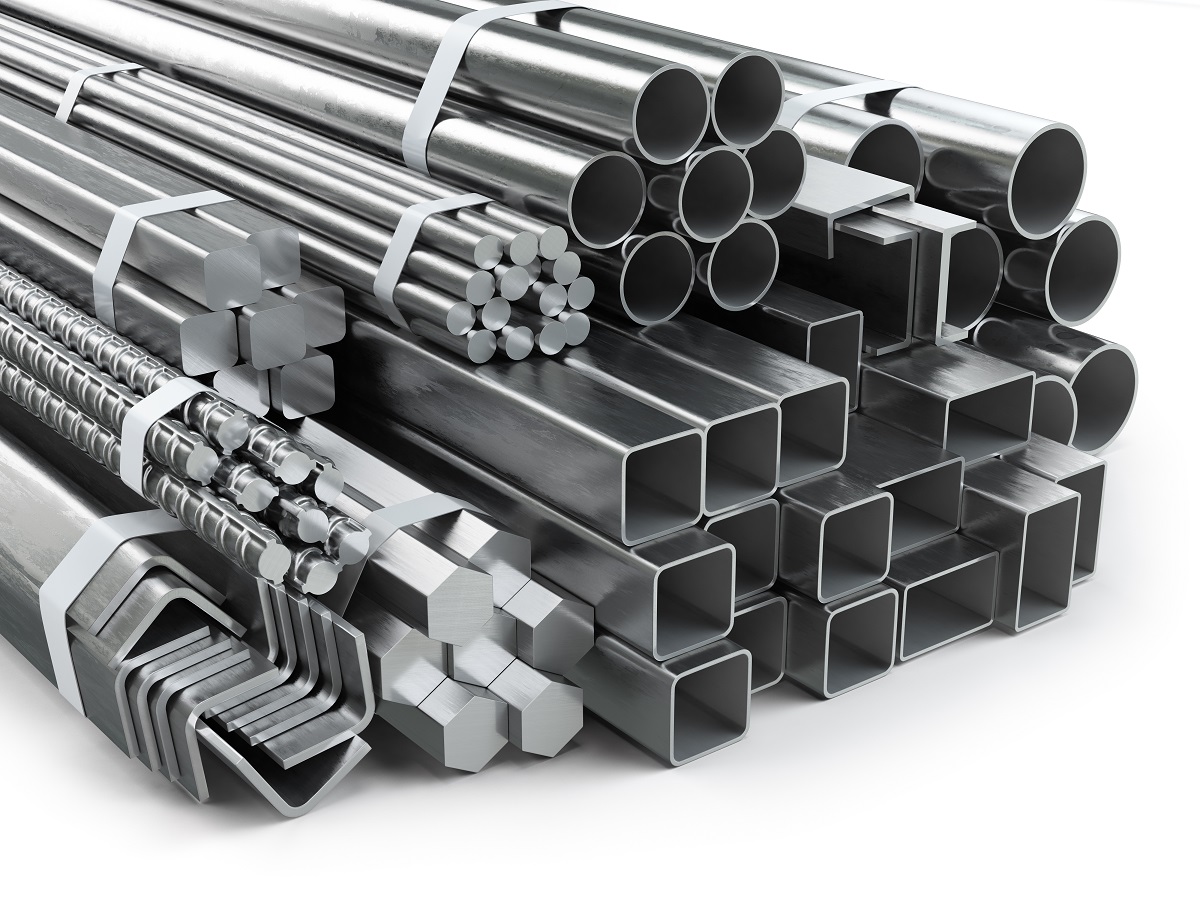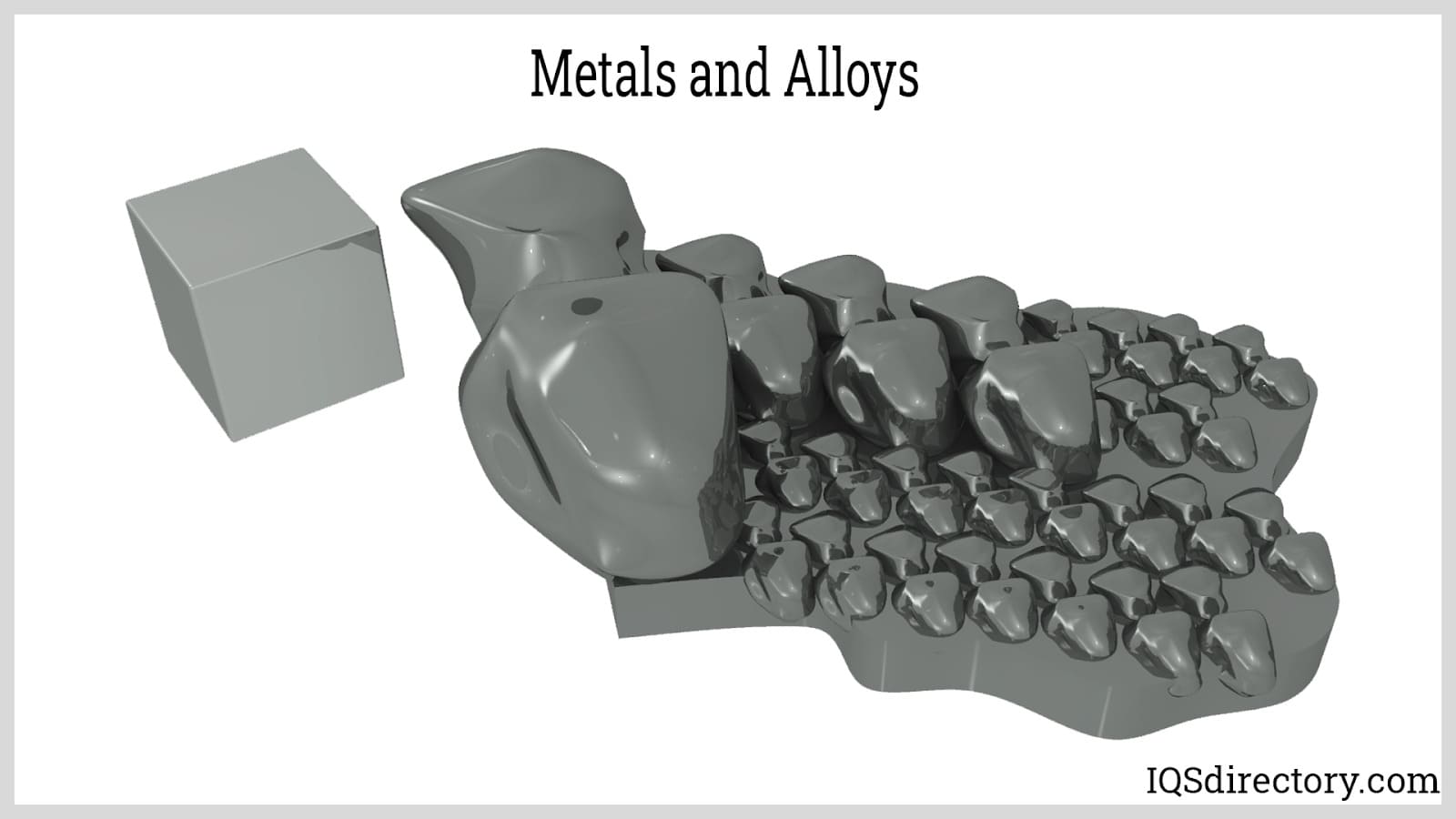Bandsaws are versatile tools that can cut through various materials, including wood and metal. However, like any powerful machinery, they come with inherent risks. Understanding how to operate a bandsaw safely can help prevent accidents and ensure precise cuts. In this article, we will explore essential safety tips, best practices, and techniques to enhance your confidence when using a bandsaw.
Understanding the Bandsaw

Before diving into safety tips, it’s crucial to understand what a bandsaw is and how it operates. A bandsaw consists of a long, continuous blade that runs on two or more wheels. The blade can be adjusted for various cutting tasks, making it ideal for both intricate work and heavy-duty applications.
Types of Bandsaws
- Vertical Bandsaws: Most common in workshops, they can cut a variety of materials and are great for making intricate cuts.
- Horizontal Bandsaws: Typically used in metalworking, these are designed for straight cuts and are often used to cut larger pieces of material.
- Portable Bandsaws: Lightweight and versatile, these are ideal for job sites and can cut materials on the go.
General Safety Guidelines
Regardless of the type of bandsaw you are using, follow these general safety guidelines to minimize risks:
- Read the Manual: Always read the manufacturer’s manual before using a bandsaw. Each model may have specific safety features and operating instructions.
- Inspect the Bandsaw: Before use, check the bandsaw for any signs of wear or damage. Ensure that the blade is sharp and properly tensioned.
- Wear Personal Protective Equipment (PPE): Always use safety glasses, hearing protection, and appropriate clothing. Avoid loose clothing that can get caught in the machinery.
- Keep the Work Area Clean: A clutter-free workspace reduces the risk of accidents. Ensure that the area around the bandsaw is clear of debris and obstacles.
Preparing for Cutting

Preparation is key to safe and effective bandsaw operation. Consider the following tips before you start cutting:
- Secure Your Material: Ensure that the wood or metal is securely clamped to the work table. This prevents movement during cutting, which can lead to accidents.
- Use the Correct Blade: Different materials require different blades. Make sure to use the appropriate blade for wood or metal cutting. For instance, a fine-toothed blade is ideal for intricate woodwork, while a coarse blade works well with thicker metals.
- Set the Blade Height: Adjust the blade guide to be no more than 1/4 inch above the material you are cutting. This provides better control and reduces the risk of blade breaking.
Techniques for Safe Cutting

Once you are prepared, employing safe cutting techniques is essential. Here are some techniques to follow while operating the bandsaw:
- Use Push Sticks: When cutting small pieces, use push sticks to keep your hands away from the blade. This is particularly important for narrow cuts.
- Maintain a Steady Pace: Avoid forcing the material through the blade. Let the bandsaw do the work, and maintain a steady, controlled speed.
- Never Reach Over the Blade: Always position yourself so that your hands are away from the blade. If you need to adjust your cut, turn off the saw and wait for the blade to stop completely.
Post-Cutting Safety

After you have finished cutting, there are important safety steps to follow to ensure a safe working environment:
- Turn Off the Bandsaw: Always turn off the machine and unplug it before making any adjustments or changing blades.
- Clean the Work Area: Remove any sawdust and debris from the work area to prevent slips and falls.
- Inspect the Blade: After use, check the blade for any damage or wear. Regular maintenance can extend the life of your bandsaw and improve safety.
Case Studies: Learning from Others

Understanding real-life incidents can provide valuable lessons in bandsaw safety. Here are two case studies that emphasize the importance of following safety protocols:
Case Study 1: A Workplace Accident
In a woodworking shop, an employee lost a finger while attempting to cut a piece of wood without using a push stick. The employee was in a rush and did not secure the wood properly. This incident led to a thorough review of safety protocols, emphasizing the importance of using push sticks and securing materials.
Case Study 2: Improper Blade Use
A metal fabrication shop experienced a near-miss when an employee attempted to use a wood-cutting blade on metal. The blade shattered during use, sending shards across the workshop. This incident highlighted the critical need for proper blade selection and regular inspections of equipment.
Statistics on Bandsaw Safety
According to the U.S. Bureau of Labor Statistics, approximately 60,000 workplace injuries occur annually due to improper machine operation, with bandsaws being a significant contributor. By adhering to safety guidelines and using proper techniques, many of these accidents can be avoided.
Conclusion: Cutting with Confidence

Using a bandsaw can be an enjoyable and rewarding experience, provided you prioritize safety. By understanding the machine, preparing adequately, employing safe cutting techniques, and learning from past incidents, you can cut wood and metal with confidence. Always remember to read the manual, wear appropriate PPE, and maintain a clean workspace. With these tips in mind, you’ll not only enhance your confidence but also ensure a safer working environment.




